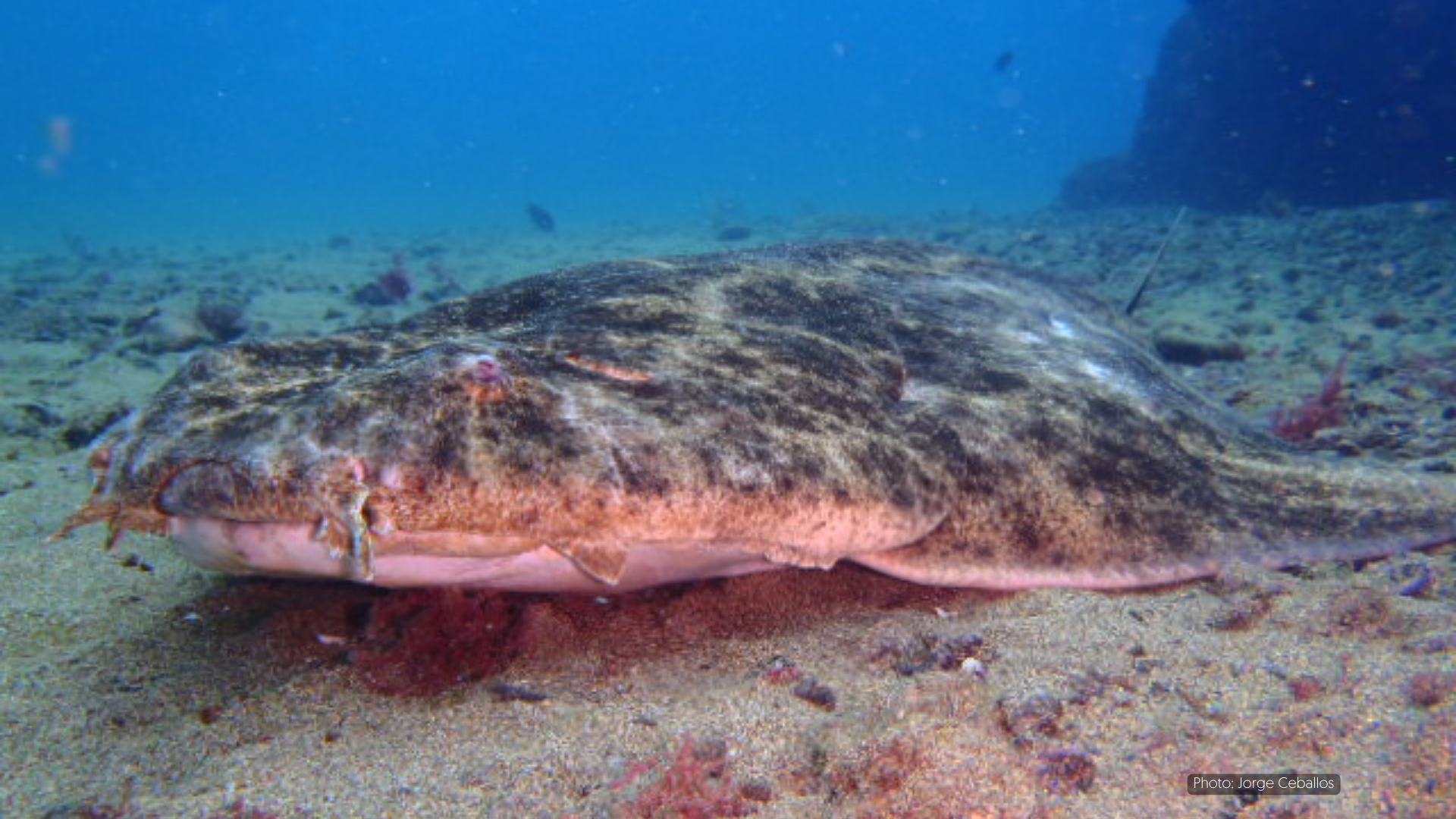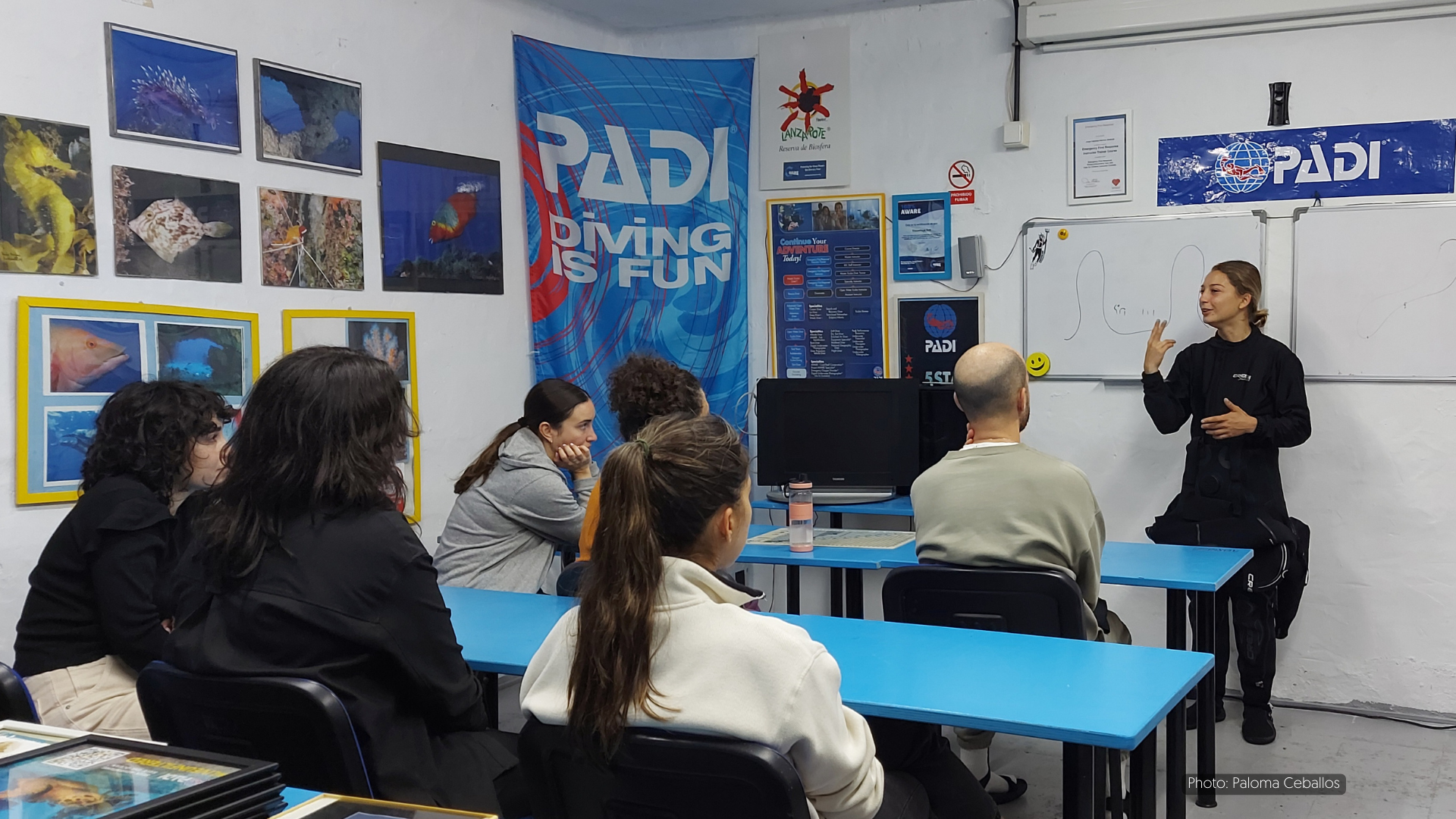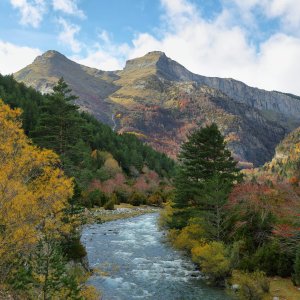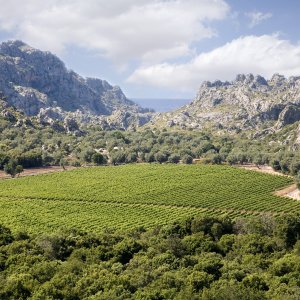If you are going to dive in the Canary Islands, we highly recommend you to pay special attention to the sandy bottoms, where one of the most endangered fish on the planet is usually camouflaged: the angelshark. With its flatenned body, this predator uses its wide pectoral fins to partially bury itself in the sand, waiting to ambush its prey.
Fifty years ago, it was common to see angelsharks, since they could be found in abundance from Norway to the shores of the Sahara. However, due to fishing and the destruction of their habitat, the population has been reduced up to 80%, and in 2006 it was classified as a critically endangered species by the IUCN. Currently, the Canary archipelago is home to the largest population of this shark, and it is in fact one of the species most sighted by divers.

In 2014, the "Angel Shark Project: Canary Islands" was created in order to collect data that contributed to the conservation of the angelshark. One of the first goals set by the project was to conduct a study on the distribution and habitat use of the species. As you can imagine, exploring the seabed of the eight islands of the archipelago is an unmanageable task for a research group. That's why those involved in the project decided to ask for the collaboration of a powerful ally.
Dive tourism is an important industry in the Canary Islands. Every year, thousands of divers dive in the same spots to discover the beauty of the seabed of the different islands. Why not take advantage of this to collect more information about the angelshark?
In 2017, a study was published with the collaboration of 22 of the 48 official dive centers distributed throughout the archipelago. Thanks to their contribution, we now know important aspects of the ecology of the angelshark that can help improve its conservation:
Over the course of a year, two peaks in abundance of this species were recorded, one from April to July and the other from December to February. September was the month with the least presence.
Most angelsharks are born between April and July and these juveniles were mainly seen in Tenerife and Lanzarote.
Specimens were found on all coasts of the archipelago, but especially in the central (Gran Canaria and Tenerife) and eastern (Lanzarote and Fuerteventura) islands. It is thought that this is due to the water temperature, because in the west its temperature is 2ºC higher.
A lot of specimens were sighted in Puerto del Carmen, Lanzarote. The public administration and the various dive centers in the area are aware of the marine wealth and they make active efforts to preserve it.
In particular, the diving center Timanfaya Sub is a very good example to follow, since it has been working on sustainability for over 25 years. Apart from participating in the Angel Shark Project since it was first created, spotting and photographing specimens, they also work with the NGO Project Aware to promote the conservation of underwater life and keep the water free of waste. Paloma Ceballos, head of Timanfaya Sub's sustainability department, is clear about the type of tourism they want to go for:
"We know we have large impact, so all our initiatives aim to achieve a sustainable model of tourism that is as minimally invasive as possible with the environment. We want to get away from the stereotypes of the all-inclusive and bet on a tourism that shows our heritage, our identity and the richness of the ecosystem where you dive".

Much of their efforts are aimed at keeping the water clean. For example, they carry out waste collections and periodically conduct lectures so that their divers know how to protect and clean the environment. They have also begun to draw up lists of native fauna and flora to show divers the richness of the ecosystem and make them aware of the privilege of diving in these waters.
For Ceballos, it is vitally important that the fight for conservation is a cooperative effort:
"We know that Timanfaya Sub alone cannot keep the environment clean, we have always believed in working together. In all our measures we rely on the local public administration. We like to convey to our divers the message that sustainability is global and that the whole island is working on it".
Undoubtedly, the high presence of angelsharks on its shores is a good example of how good practices are rewarded. In 2021, Timanfaya Sub received Biosphere certification, recognizing its sustainability efforts. Still, Ceballos insists there is a long way to go.














